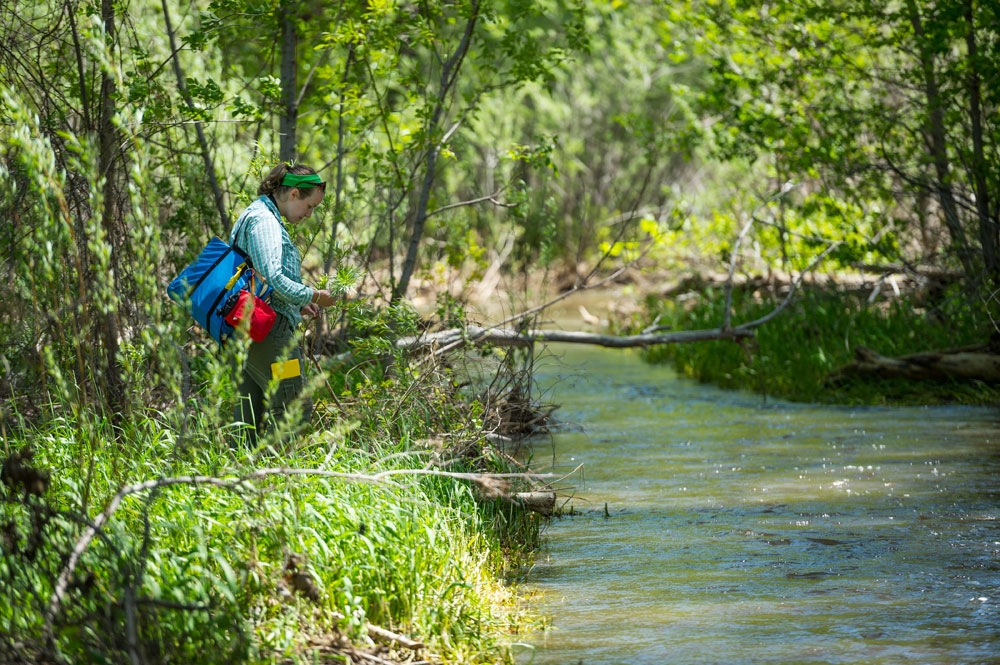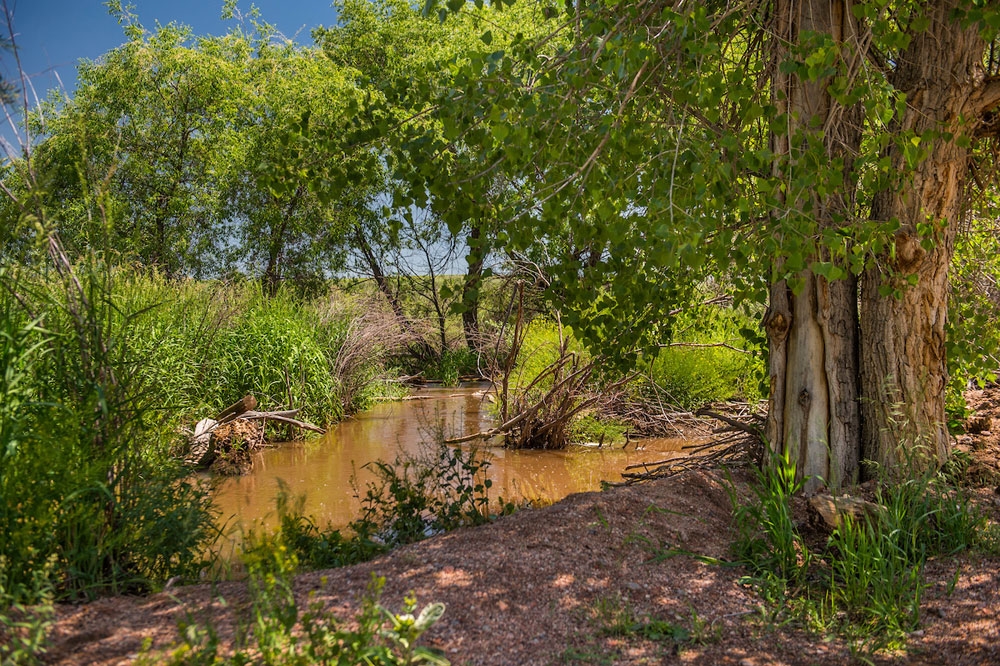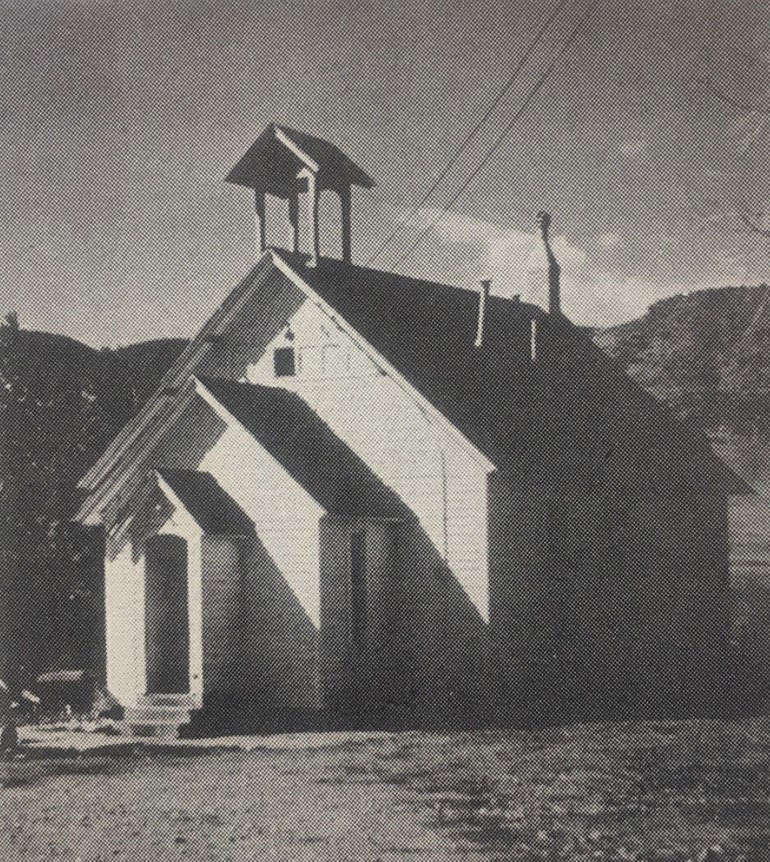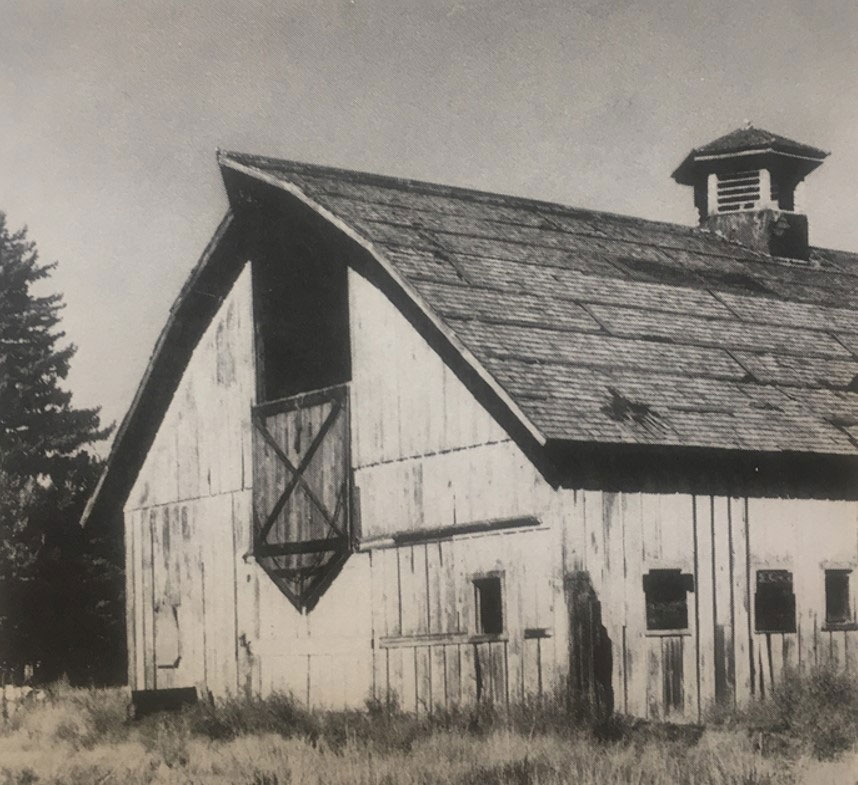Hildebrand Ranch: History & Restoration
In the 1860s, pioneers settled on the land next to Deer Creek in what is now Littleton. The stream provided the settlers with the only water around for miles. Frank Hildebrand bought a log cabin and a large piece of land where he and his family constructed barns and other structures for their ranching business. Being in the arid grasslands up against the foothills, the Hildebrands understood that they needed to find a working relationship between the environment and their family farm. Their house, garden and summer kitchen were built near the creek to take advantage of the steady flow of water.
But building their structures near Deer Creek was a double-edged sword for the Hildebrands. The convenience of having close access to a vital resource was offset by the possibility of flooding caused by high-flow events. Our experts speculate that to mitigate the risk of flooding, the Hildebrands worked to channelize Deer Creek. Deepening the ravine and steepening the banks would increase the capacity for flow volume so floods could move through the system efficiently, causing less damage to the upper terrace and the Hildebrands’ livelihoods.
Today, the property is split between an open space park in Jefferson County and Denver Botanic Gardens Chatfield Farms. Hildebrand Ranch is on the National Register of Historic Places and many of the original buildings are still standing. Deer Creek is also an important wildlife corridor for bears, beavers, deer, coyotes, raccoons and many species of birds; however, channelized streams are not very productive for native species. Our conservation ecology team is developing a stream restoration plan that will find a balance between restoring the natural meanders of Deer Creek while also protecting the historical buildings on site.
This blog post was written by Margo Paces, M.S. student at University of Colorado Denver. Margo studies stream restoration along Deer Creek at Denver Botanic Gardens Chatfield Farms. She quantifies plant communities along the riparian corridor to gauge the effectiveness of restoration efforts.
Gallery




Add new comment